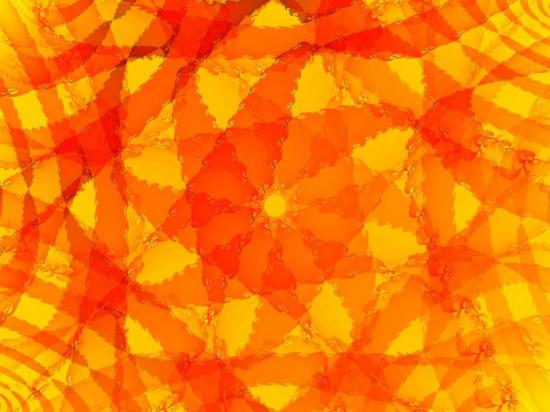BY LETTER
Multipart Memetic Assault
 Image from John B |
A subset of multipart memes. A (typically virulent) meme that is dispersed as multiple relatively harmless memes which only become virulent when they're brought into conjunction within a sophont's mind.
The classic example is the late 21st century c.e. pro-public service memeset a large government attempted to apply to their citizens. This was crafted by a increase in news promulgation regarding the satisfaction public servants felt when things went well (when things didn't go well was deliberately not asked of the sophont-in-the-street, nor were the questions broadcast, just the answers), much loud political wrangling about getting public servants more recompense (when they were done, the public servants were still at approximately 50%-75% of the wage of private-sector jobs), an increase in uniform fetishism engendered via the fashion sector, changes in legislation making it easier for immediate family members of public servants to remain on the public assistance (and concurrently, harder for those without any such family member), and so on. All in all, some 500 factors all contributed to this classical memeset.
A more modern example is significantly less baseline-comprehensible, but involved a specific fragrance of hot electronics inserted into popular virches in high-stress high-reward circumstances, a subtle change in texture to the controls of the device in question to more closely mimic human skin response and a self-slanderous word-of-mouth campaign aimed at showing off the unit's strong points as 'weaknesses'. Other critical but seemingly less-related phenomena, such as specific hairstyles worn by certain sex symbols and commentators, the color of carpeting in some system-wide food chains, and several hundred others.
Related Articles
- Cryptomemegineering
- Cryptomemetic Index - Text by M. Alan Kazlev
The degree to which an engineered meme cannot be detected, even by conventional memetic analysis. It is based on a complex of factors, most of which are incomprehensible to subsingularitan sophonts. - Meme Mule - Text by M. Alan Kazlev
A type of memenger, a sophont modified to transport memes from one place to another, but who is not aware of the purpose of the memes e carries. Often the memes are of a higher toposophic level than the mule emself. While having a strong sense of duty and service to the transapient or archailect on whose behalf they are transporting the memes, Meme Mules are not themselves affected by the memes they carry. They may unload the memes via docking stations (DNI upload), or even through their unconscious actions may trigger the desired responses in the target society or environment. - Meme-Allergy - Text by Glenn Grant
A form of intolerance; a condition which causes a person to react in an unusually extreme manner when exposed to a specific semiotic stimulus, or meme-allergen. Exo-toxic meme-complexes typically confer dangerous meme-allergies on their hosts. Often, the actual meme-allergens need not be present, but merely perceived to be present, to trigger a reaction. Common meme-allergies include homophobia, paranoid anti-Communism, and porno phobia. Common forms of meme-allergic reaction are censorship, vandalism, belligerent verbal abuse, and physical violence. - Meme-complex, Memeplex - Text by Glenn Grant
Also sometimes called a memeticity. A set of mutually-assisting memes which have co-evolved a symbiotic relationship. Religious and political dogmas, social movements, artistic styles, traditions and customs, chain letters, paradigms, languages, and so on are meme-complexes. Types of co-memes commonly found in a scheme are called the: bait; hook; threat; and vaccine. A successful scheme commonly has certain attributes: wide scope (a paradigm that explains much); opportunity for the carriers to participate and contribute; conviction of its self-evident truth (carries Authority); offers order and a sense of place, helping to stave off the dread of meaninglessness. - Memegeneer
- Memetic Demons
Appears in Topics
Development Notes
Text by John B
Initially published on 16 February 2003.
Initially published on 16 February 2003.






